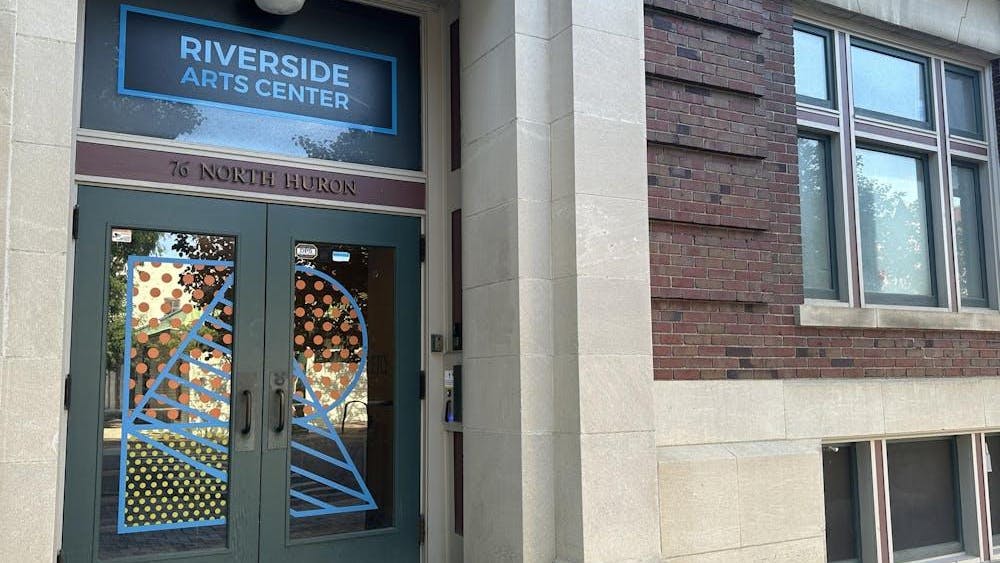An astronomer from the Vatican spoke Wednesday at Eastern Michigan University on the relationship between religion and science.
A large portion of Brother Guy Consolmagno’s discussion was about past relationships between the Vatican and astronomers.
“There’s a long history of science and religion working together,” he said. Although he said the two have bumped heads, he says the interplay is not as cut-throat as many think.
Guy began with the Galileo trials, where the famed star-gazer was forced to recant his findings and support a system with the Earth, not the Sun, as its center. He covered the Jesuit attempts to map the Moon, and brought the debate into modern context with the debate on whether Pluto should be considered a planet.
“A lot of people are told you have to choose one or the other,” he said. “But the Bible is full of praises of the universe. My religion tells me a God created the universe; my science tells me how he did it.”
Guy said when the Jesuits began mapping the moon, they named the largest indentation crater Copernicus. This was 20 years after the Galileo trials.
He said most mainstream knowledge of Galileo is incorrect.
“Everything you know about Galileo is probably wrong, but the truth doesn’t make the Church look any better,” Guy said. “In addition to his contributions to science, his stand at the infamous Galileo trials put him on the map.”
He said this was not the beginning of the well publicized tug-of-war between the two realms of thought. “It was not until the 19th century that the myth of war between science and religion began.”
“We do a lot of our own research,” he said.
Guy highlighted different avenues of research the Vatican is involved in. The Church, he said, is trying to figure out the characteristics of stars, the shape of galaxies and the age of the universe.
Guy said trying to find the current standing or shape of a galaxy is difficult.
“You only see what galaxies used to look like,” he said.
The reason for this is because light from objects far away takes years to reach Earth. Guy said this problem is bypassed by looking at structures and galaxies closer to our own. Despite setbacks like this, the Vatican is pressed to continue its own brand of research while maintaining the integrity of the Church.
“The fact that the universe continues from moment to moment is due to the will of a creator,” said Guy. “Astronomy is not done for some apologetic reason.”
Guy said the Vatican is unable to endorse or deny scientific opinions, but they still maintain an interest in science.
“What we are supposed to do is lead people to praise God and I think science done properly does exactly that,” he said. “When you see how beautiful and wonderful the universe is, you are immediately and emotionally carried to love and adore whoever or whatever was responsible for this.”
Guy said he has always had a belief in God and science.
“I don’t remember a time when I wasn’t both,” he said. “I was aware of God’s presence even as a child and I was aware of the fun of being a scientist.”
Guy said although the relationship between science and religion is not in danger of being abolished, it still needs work.
“We want to come back to the partnership that was always there where religion supports and appreciates the intellectual life, and doesn’t sneer at or feel superior to it,” he said. “But realize that it’s one human way, just like music, dance, and art of praising God.
“Religion can stop it [science] from false superstitions just as science can realize that religion can stop it from doing things that may be technically possible but not good ideas.”






